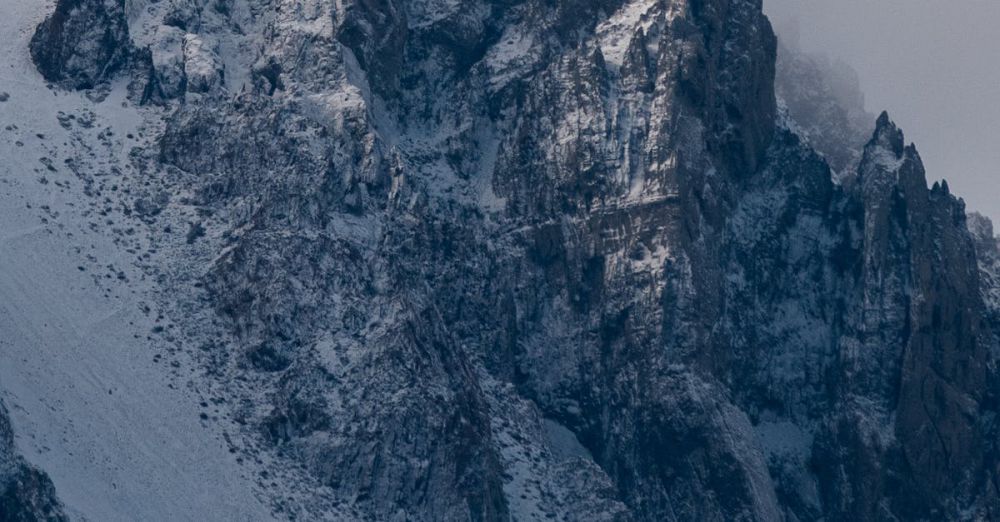How Do You Climb in Extreme Altitudes
Climbing at extreme altitudes presents a unique set of challenges that can test even the most seasoned mountaineers. As one ascends beyond 8,000 meters, commonly referred to as the “death zone,” the air becomes thin, oxygen levels plummet, and the risk of altitude sickness increases dramatically. Understanding how to navigate these treacherous heights is essential for safety and success.
Acclimatization Is Key
Before embarking on an extreme altitude climb, proper acclimatization is crucial. This process allows the body to adjust to reduced oxygen levels, minimizing the risk of altitude sickness. Climbers should gradually ascend, spending several days at various camps to give their bodies time to adapt. A common method is the “climb high, sleep low” strategy, where climbers ascend to higher elevations during the day and return to lower camps to sleep. This technique promotes acclimatization while limiting exposure to the harsher conditions at extreme altitudes.
Physical Preparation and Training
Physical fitness plays a vital role in high-altitude climbing. Preparing the body for the strenuous demands of extreme altitudes involves a balanced mix of cardiovascular training, strength conditioning, and endurance exercises. Activities such as running, cycling, and swimming enhance cardiovascular health while weight training builds muscle strength. Additionally, incorporating high-altitude simulations or training at lower elevations can help prepare climbers for the challenges that lie ahead.
Nutrition and Hydration
Nutrition is a critical component when it comes to climbing at extreme altitudes. As the body requires more energy to function in thin air, a diet rich in carbohydrates is essential. Foods like pasta, rice, and energy bars provide the necessary fuel for strenuous climbs. Additionally, climbers should focus on maintaining optimal hydration. Dehydration is a common issue at high altitudes, exacerbated by dry air and increased respiration rates. Drinking plenty of fluids, including electrolyte-rich options, is vital to avoid fatigue and maintain performance.
Navigating Weather Conditions
Weather conditions in extreme altitudes can change rapidly and dramatically. Climbers must stay informed and be prepared for sudden storms, dropping temperatures, and high winds. Understanding weather patterns and recognizing signs of impending changes can help climbers make informed decisions about their ascent. Packing appropriate gear, such as insulated clothing, waterproof layers, and mountaineering equipment, is essential for coping with harsh conditions.
Managing Risks and Safety Protocols
Extreme altitude climbing is not without its risks. Hypoxia, or the lack of oxygen, can lead to impaired judgment and decreased physical performance. To mitigate these dangers, climbers should always carry supplemental oxygen when necessary, especially above 8,000 meters. Understanding the symptoms of altitude sickness—such as headaches, nausea, and dizziness—can help climbers recognize when to descend. Additionally, climbing with a partner or in a group is recommended for added support and safety.
Mental Resilience
Mental fortitude cannot be overlooked when tackling extreme altitudes. The psychological demands of climbing can be as taxing as the physical challenges. Climbers often face fear, anxiety, and fatigue, which can cloud their judgment. Developing mental resilience through visualization techniques, mindfulness, and positive self-talk can enhance a climber’s ability to cope with the stresses of extreme environments. Staying focused on goals and maintaining a positive outlook can make a significant difference in navigating tough climbs.
Embracing the Experience
Finally, while climbing at extreme altitudes is undoubtedly rigorous, it is also an extraordinary adventure. The breathtaking views, the sense of accomplishment, and the connection with nature are unparalleled. Embracing the experience, despite its challenges, can be incredibly rewarding. Each ascent is a journey filled with personal growth, camaraderie, and a deeper appreciation for the world’s majestic peaks.
In summary, climbing in extreme altitudes requires meticulous preparation, both physically and mentally. By understanding the importance of acclimatization, nutrition, safety, and resilience, climbers can enhance their chances of success in one of the planet’s most challenging environments. Embracing the journey while remaining vigilant ensures that the adventure remains safe and fulfilling.







